2025 BMW M5 New Energy Daily Usability Test Report
Every performance car enthusiast has a "wolf in sheep's clothing" Dream Car in their heart, one that hides powerful performance capable of competing with supercars beneath a relatively low-key exterior. At the end of last year, BMW launched the 2025 BMW M5 hybrid model in the domestic market, boasting an impressive 0-100 km/h acceleration time of 3.5 seconds, which continues to captivate enthusiasts. Its arrival not only demonstrates the brand's proactive embrace of new energy but also perfectly preserves the faith of internal combustion engine lovers in the V8. So how does the new car perform in terms of daily practicality? This issue of the "Daily Practicality Test Report" will provide you with the answer.
Test Vehicle: 2025 BMW M5 New Energy
Official guidance price: 1,468,900 yuan
1. Functional Configuration Testing
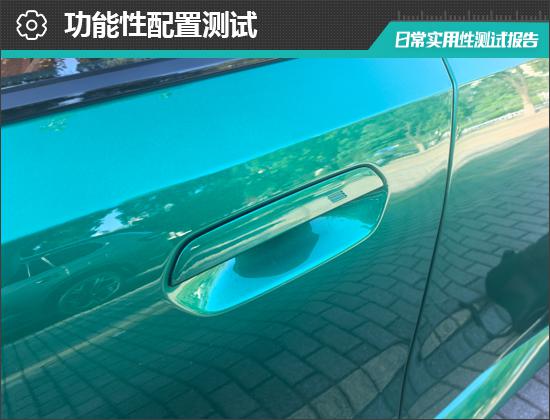
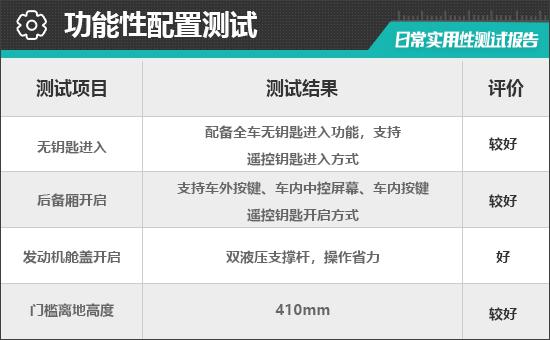
The test vehicle is equipped with a keyless entry system for the entire car and supports remote key entry. The driver only needs to carry the smart key close to the vehicle to unlock it, and the car will automatically lock when the driver walks away. The actual unlocking and locking processes are very smooth. Additionally, users can enable or disable the remote key entry function from the central control screen.

The trunk can be opened in various ways, including an exterior button, the interior central control screen, an interior button, and a remote key, offering good convenience in daily use. The slight drawback is that it does not support voice or sensor opening.
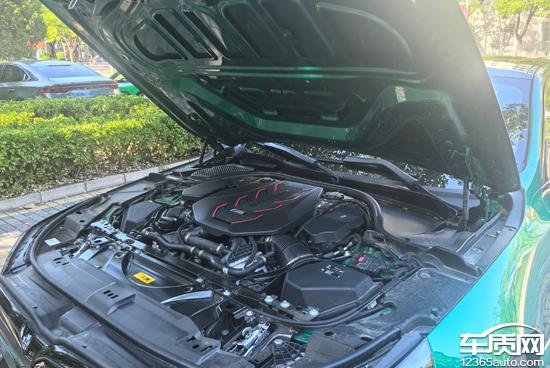
The engine hood release switch is located in the lower left area of the driver's seat. To open it, you need to pull the switch inside the car twice and then lift the engine hood. According to actual measurements, the test vehicle's engine hood uses dual hydraulic support rods, making it easy to operate and providing good stability.
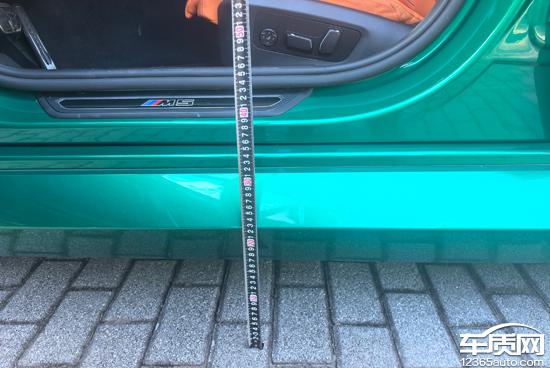
For consumers, the height of the threshold from the ground to some extent determines the convenience of getting in and out of the vehicle. According to actual measurements, the threshold height is 410mm, making it relatively easy for passengers to get in and out on a daily basis.
Comfort Configuration Testing
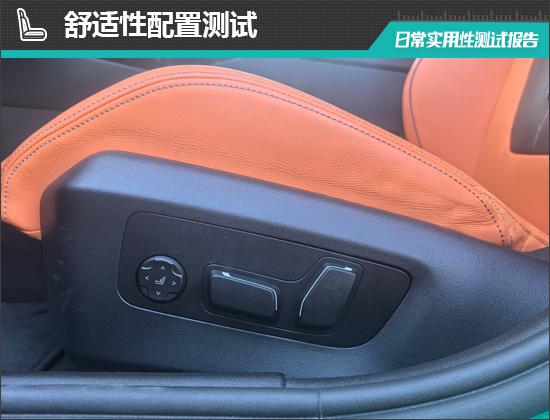
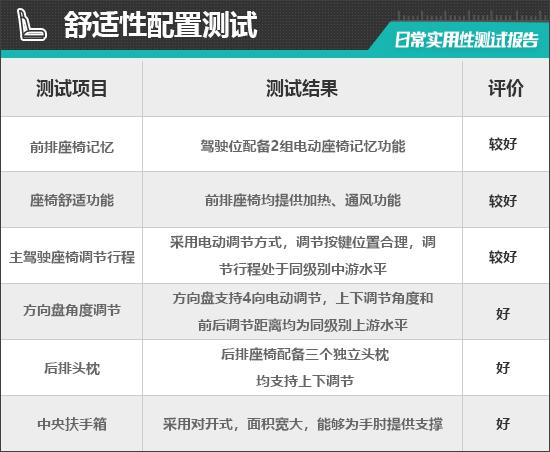
In terms of comfort configuration, the front seat adjustment buttons of the test vehicle are located on the left and right sides of the seats, which are reasonably positioned and easy to operate. The driver's seat is equipped with 2 sets of electric seat memory functions. The front seats of the test vehicle offer heating and ventilation functions, providing a certain level of seating comfort, but the second row does not offer corresponding seat comfort features.
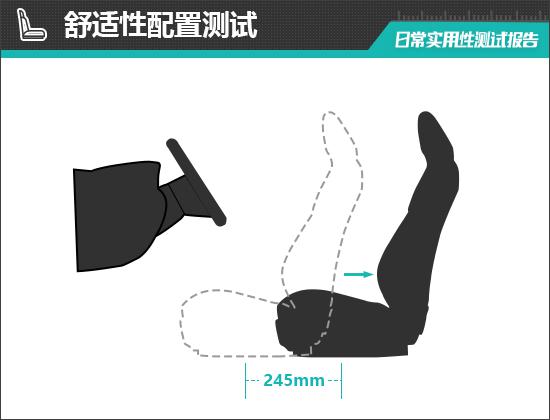
In the driver seat test, the distance between the front and rear ends of the driver's seat reached 245mm, placing it in the mid-range among tested models in the same class, which can meet the needs of the majority of drivers.
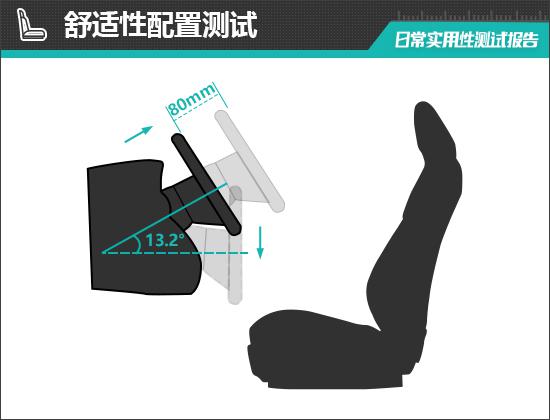
The multifunctional steering wheel supports electric up and down + front and rear adjustment. According to measurements, the adjustable distance of the steering wheel front and rear is 80mm, which is above average in its class; the adjustable angle of the steering wheel up and down is 13.2°, also above average in its class.
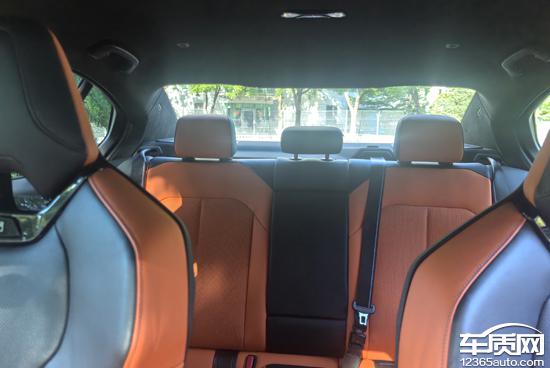
The rear seats of the test car are equipped with three independent headrests, all of which support height adjustment and have soft padding, providing a relatively comfortable seating experience.

The front center armrest of the test vehicle features a double-opening design and is wrapped in soft materials. It has a large area and a pleasant touch feel. During driving, it effectively supports the driver's elbow.
3. Multimedia Configuration Testing
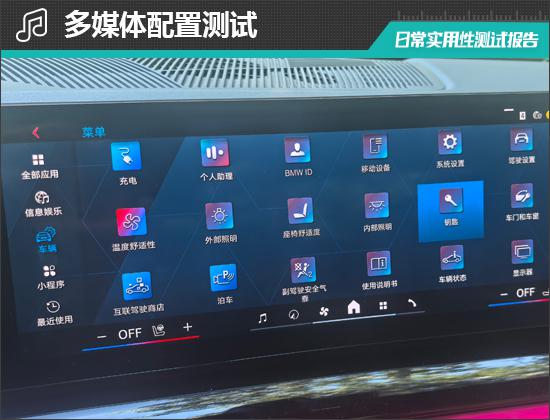
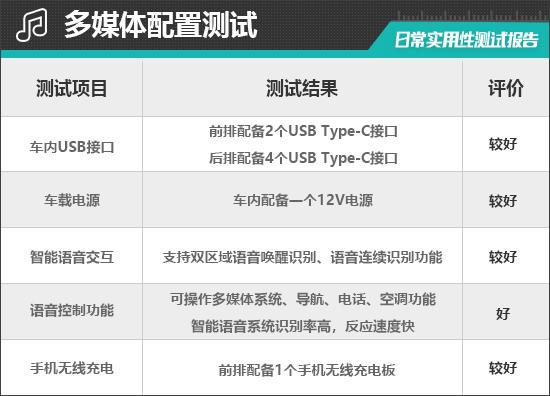


The evaluated vehicle is equipped with a total of 6 USB Type-C ports, which is a considerable number but lacks variety. In the front row, 2 ports are located around the center console cup holder, while in the rear row, 4 ports are situated below the air conditioning vents and on the back of the front seats.

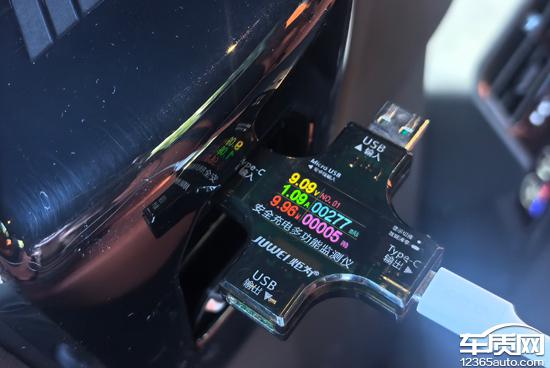
At the same time, we tested the voltage, current, and power of the USB ports. The test results for the front-row USB Type-C were approximately 5.03V, 1.29A, and 6.52W; the second-row USB Type-C at the air conditioning vents had test results of 5.15V, 1.27A, and 6.60W; the USB Type-C at the back of the front seats had test results of 9.09V, 1.09A, and 9.96W.
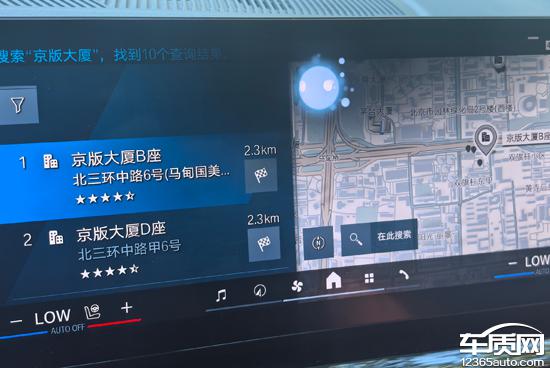

As smart in-car systems become increasingly popular, more and more car models are equipped with intelligent voice assistants. For the "intelligent voice system," we use the following four fixed scripts to evaluate the system's performance in terms of speech recognition rate, response speed, and controllable functions.
1. I'm a bit cold / I'm a bit hot
2. Open the car window / Open the driver's window / Open the sunroof
3. I want to listen to "XXXX" (song name)
I want to go to Jingban Building.
According to actual tests, because the test car was equipped with M carbon fiber exterior components and the roof was entirely made of sealed carbon fiber material, the test car could recognize and execute all commands except "open the sunroof." The voice recognition was accurate, and the response speed was relatively fast. In addition, the test car also supports dual-zone voice wake-up recognition and continuous voice recognition functions, further enhancing convenience of use.
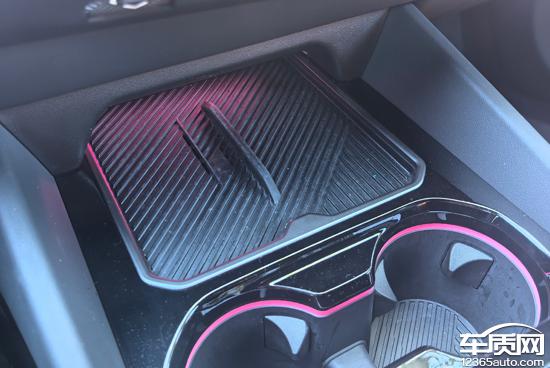
The test vehicle is equipped with a wireless charging pad for smartphones in the front row, located above the central console. The position is well-designed, making it convenient for the driver to place and take out the phone, and it supports a manual switch. However, the drawback is that the wireless charging pad does not have ventilation openings for heat dissipation.
4. Spatial Configuration Test
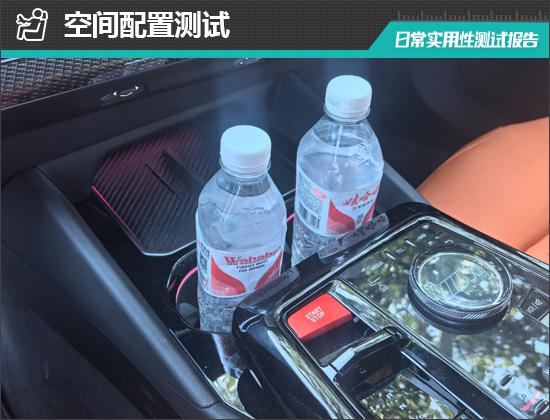
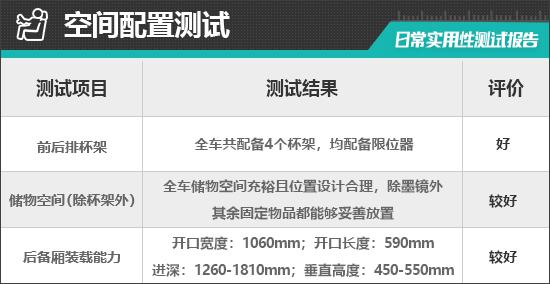
In terms of space testing, which is closely related to consumers, in the previous test drive article..."Fuel Beast 'Electrified' Awakening: Test Drive of the BMW M5 Hybrid"We have already experienced its seating space, and this time we will evaluate the storage space and its convenience, which we encounter more frequently in daily life.

The test for the interior usable space focuses only on the space within reach in the front row, excluding areas like the glove compartment and central armrest that require opening. The testing method involves placing the following fixed items into various storage spaces in the front row, using the arrangement of these items to assess the vehicle's storage space performance. The selected fixed items for testing are: 2 bottles of regular-sized mineral water, 1 large-screen smartphone, 1 lipstick, 1 handbag, 1 pair of sunglasses, 1 folding umbrella, and 1 pack of standard-sized tissues.
Through practical testing, the evaluation vehicle has a relatively large storage capacity. Except for sunglasses, all items can be placed in suitable positions, demonstrating good storage capability. In addition, the evaluation vehicle also offers 4 cup holders, all equipped with limiters.
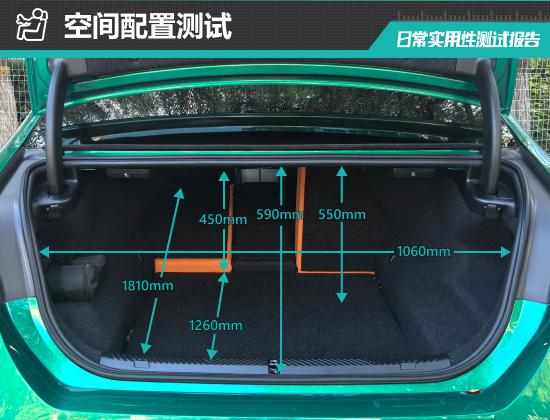
The trunk aspect of the test car shows a good overall capacity, with a relatively flat interior. Additionally, the trunk features an electric opening mechanism, making it very convenient and effortless to operate.
For the basic measurements of the trunk, we conducted an actual test. The opening length is 590mm, the opening width is 1060mm, the trunk depth is 1260-1810mm, and the vertical height is 450-550mm.
5. Security Configuration Testing
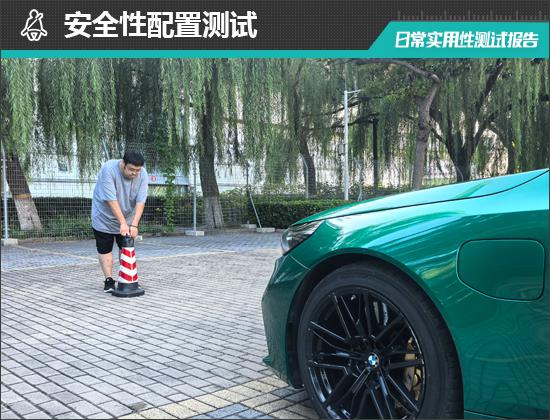
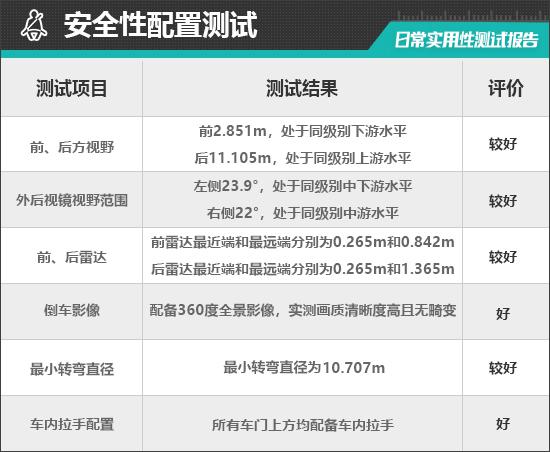
In the front and rear view tests of the vehicle, all seats inside the car have been adjusted to the lowest position. The data obtained has some deviations from normal use by the driver and is for reference only.


In the forward visibility test, we used a 70 cm tall cone as a reference object and then adjusted the vehicle distance until the upper edge of the cone could be seen from the driver's seat. After testing, the final measured distance between the cone and the front of the vehicle was 2.851 meters, which is considered below average among vehicles of the same class tested.
In the rear visibility test, the traffic cones were still fixed in place, and then the vehicle was moved until the top edge of the cones could be observed. The measured distance for the rear visibility of the test vehicle was 11.105 meters, which is at an upper level compared to similar tested models.

During the field of view range test for exterior rearview mirrors, the test personnel first stand at a vertical distance of 10 meters from the left and right rearview mirrors. Then, they begin to move towards the sides until they appear at the outermost edges of the mirrors. The lateral distance is measured, and then the angle of the field of view of the mirrors can be calculated using a formula. The larger the angle, the smaller the blind spot range of the rearview mirrors, and vice versa, the larger the blind spot range.
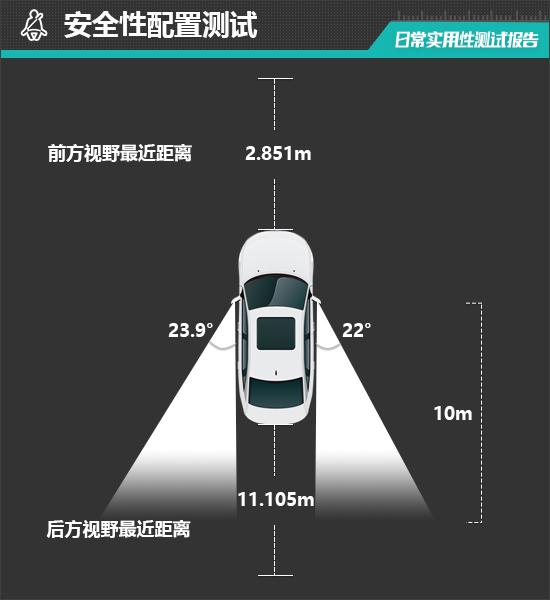
The vehicle evaluation showed that both the left and right exterior rearview mirrors use aspheric lenses. The actual field of view for the left exterior rearview mirror is 23.9°, while the right exterior rearview mirror has a field of view of 22°. The field of view for the exterior rearview mirrors on both sides is in the lower-middle and middle levels, respectively, compared to others in the same class.
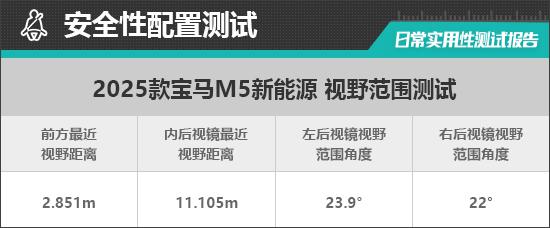
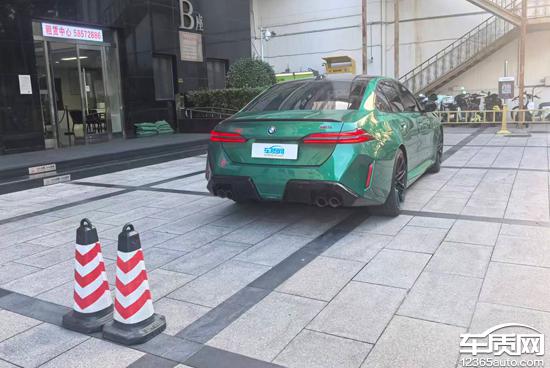
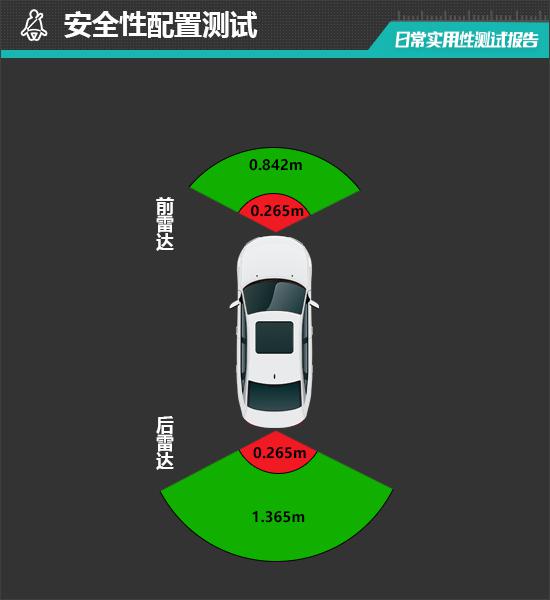
During testing, the reverse radar could detect objects at a distance of 1.365m, demonstrating excellent radar power. Based on the measured data, the nearest sensing distance of the test vehicle's reverse radar is 0.265m, reaching the average level of vehicles in the same class.
The front parking radar can detect objects at a maximum distance of 0.842m, with good radar power performance. The minimum sensing distance of the front parking radar is 0.265m, which is close to the average test performance of vehicles in the same class.
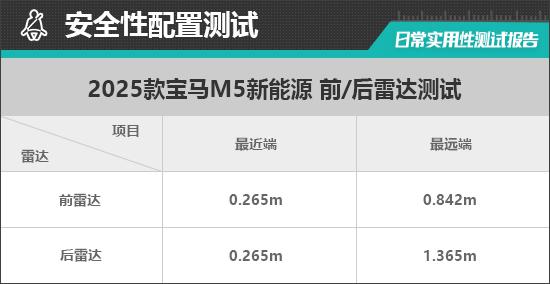

The test vehicle is equipped with a 360-degree panoramic image system, and the actual test shows that the overall image clarity is high without any distortion. Additionally, the system supports viewing from multiple angles and features a reversing assist line that moves with the steering, helping drivers easily complete maneuvers such as reversing into a parking space. The practicality meets expectations.
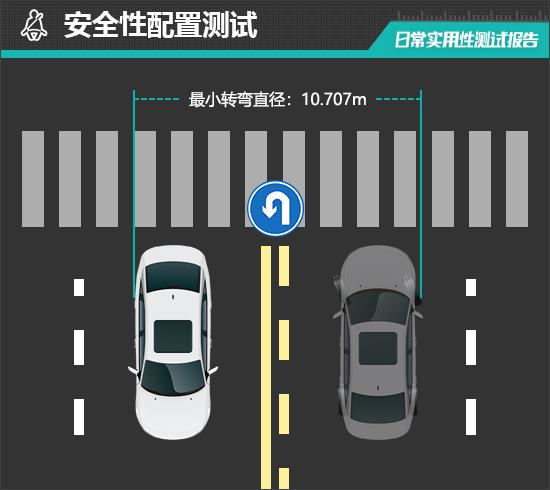
In daily use, vehicles often encounter situations such as turning or making a U-turn, where the maneuverability of the steering becomes very important. Knowing the minimum turning diameter of your car can help you be more aware and avoid dangerous situations like scraping. After actual measurement, the test vehicle's minimum turning diameter is 10.707m, which performs at a mid-range level among its peers.
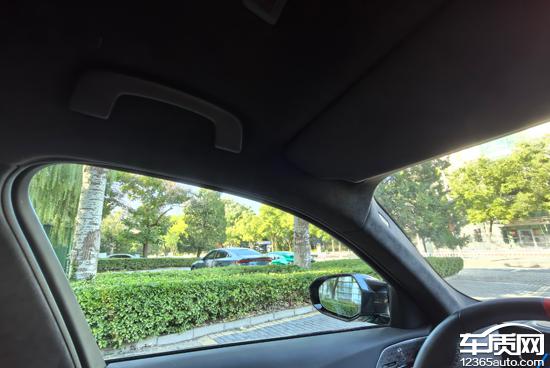
The interior grab handles are essential for people with limited mobility, and they can also provide additional support for passengers' safety when traveling on bumpy roads. All doors of the evaluated vehicle are equipped with interior grab handles.
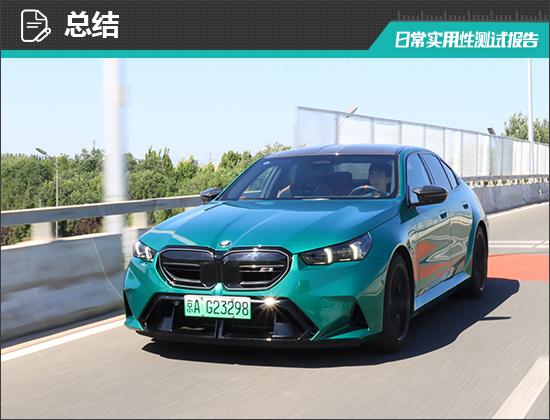
Summary:
As a highly representative hybrid mid-to-large performance car of the BMW brand, the 2025 BMW M5 New Energy performs satisfactorily in terms of everyday practicality. This is particularly evident in its multimedia configuration, which includes a rich array of voice control functions, a wide range of steering wheel angle adjustments, and interior handles that provide support for both front and rear passengers during intense driving. However, it falls short in the limited variety of USB interfaces and slightly larger blind spots in the forward view compared to the average of its class. Overall, the 2025 BMW M5 New Energy meets expectations in terms of practicality. If you are considering purchasing a high-displacement performance car that emphasizes performance and driving pleasure, and you want to experience new energy vehicles, it remains a very good choice.
【Copyright and Disclaimer】The above information is collected and organized by PlastMatch. The copyright belongs to the original author. This article is reprinted for the purpose of providing more information, and it does not imply that PlastMatch endorses the views expressed in the article or guarantees its accuracy. If there are any errors in the source attribution or if your legitimate rights have been infringed, please contact us, and we will promptly correct or remove the content. If other media, websites, or individuals use the aforementioned content, they must clearly indicate the original source and origin of the work and assume legal responsibility on their own.
Most Popular
-

Zf asia-pacific innovation day: Multiple Cutting-Edge Technologies Launch, Leading Intelligent Electric Mobility
-

Mexico officially imposes tariffs on 1,400 chinese products, with rates up to 50%
-

List Released! Mexico Announces 50% Tariff On 1,371 China Product Categories
-

Fire at Sinopec Quanzhou Petrochemical Company: 7 Injured
-

Argentina Terminates Anti-Dumping Duties on Chinese PVC Profiles! Kingfa Technology & Siemens Sign Digital and Low-Carbon Cooperation Agreement






